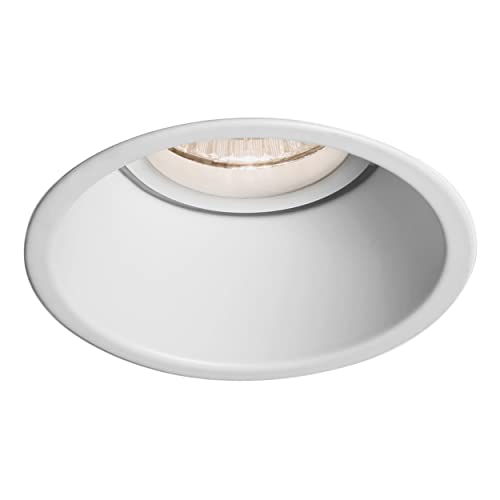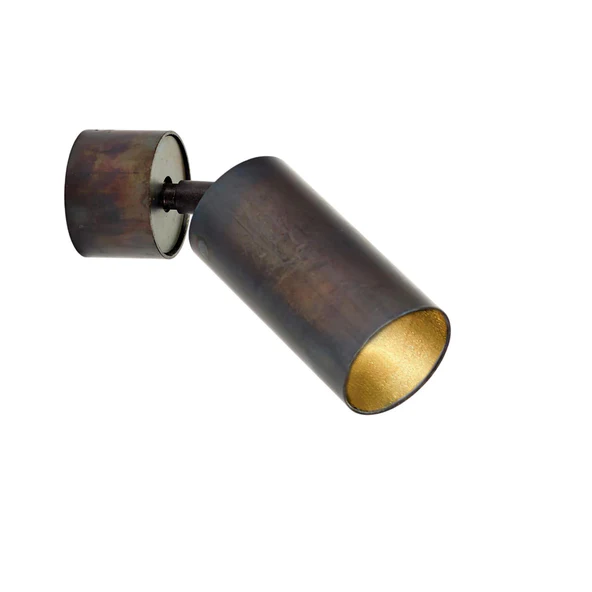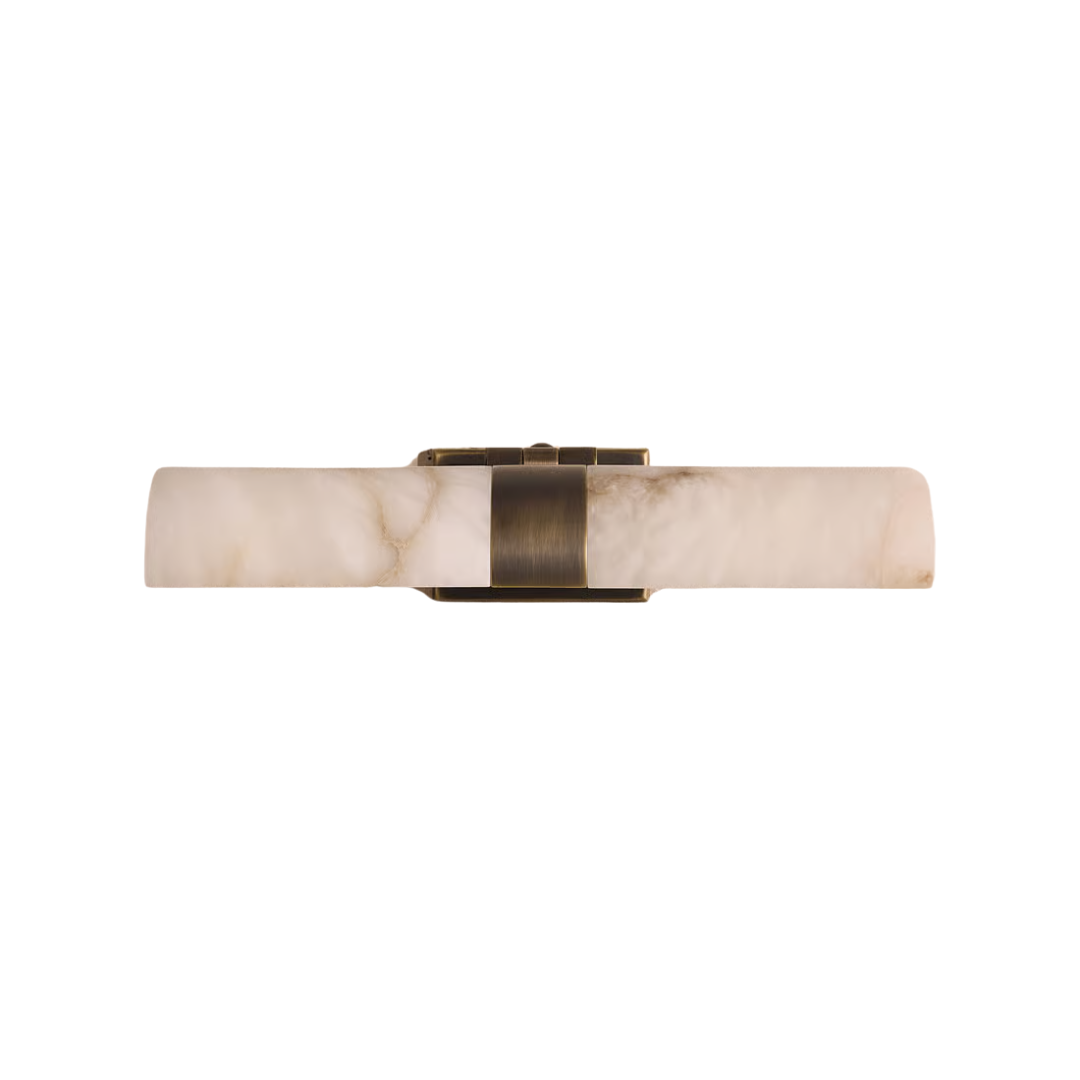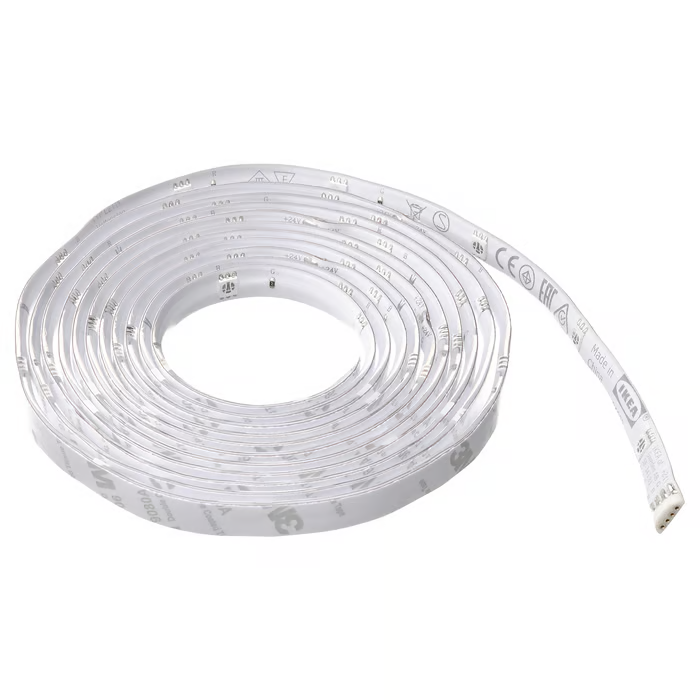You Hung the Art — Now Light It Like a Curator Would (Here's How)
Even the best piece falls flat in bad lighting. Here’s how to light art like you actually know what you're doing


If you’ve ever brought home a piece of art that felt electric in the gallery, only to hang it on your wall and feel… nothing. The problem isn’t your taste or your space, it’s probably the lighting.
It sounds like an afterthought, but for art, lighting is everything, and it's worth planning just like the rest of your home. “Art doesn’t just decorate a room, it defines it — but without the right lighting, even the most exquisite piece can fall flat,” says Luke Thomas, design director at John Cullen Lighting. And yet, for both new and seasoned collectors, lighting art at home often feels somewhat elusive, equal parts art and science.
Galleries might have sky-high ceilings and discreet track lighting doing the heavy lifting — tools most homes either can’t accommodate or deliberately avoid. For living room lighting, for example, it needs to do double duty: flatter your art and illuminate your life. But the good news is that the balance is more achievable than it seems.
So we asked Luke how to light your art like a curator, and turn your home into a space where every piece gets the spotlight it deserves. Think Royal Academy Summer Exhibition, minus the centuries of formal training and the velvet ropes.

The Importance of Recessed Lights
Flexible track systems might be the gold standard in galleries and museums, says Luke, but in residential settings, “recessed downlights are often preferred for their discreetness.” While this means sacrificing some flexibility, it’s a fair trade-off as most homeowners aren’t swapping out canvases every other week.
“This is less of a concern in homes where art positions are generally more static, and walls are smaller, making it easier to plan discreet, fixed lighting that can remain unchanged for years,” he adds. Recessed light fixtures “ensure maximum focus is on the art and not the lights.”
Wall art Vs Sculpture
It doesn’t take a lighting designer to clock the difference between painting and a sculpture — but how you light them? Does it differ?
The Livingetc newsletters are your inside source for what’s shaping interiors now - and what’s next. Discover trend forecasts, smart style ideas, and curated shopping inspiration that brings design to life. Subscribe today and stay ahead of the curve.
“Paintings are typically two-dimensional and are most commonly lit from above, aiming to evenly illuminate the surface and reveal details,” says Luke. Sculptures, on the other hand, are all about form.
“Shadow becomes a far greater consideration, as it plays a crucial role in defining form, texture, and depth," he continues. "The material from which the sculpture is made is also highly influential in determining the most effective lighting approach.”
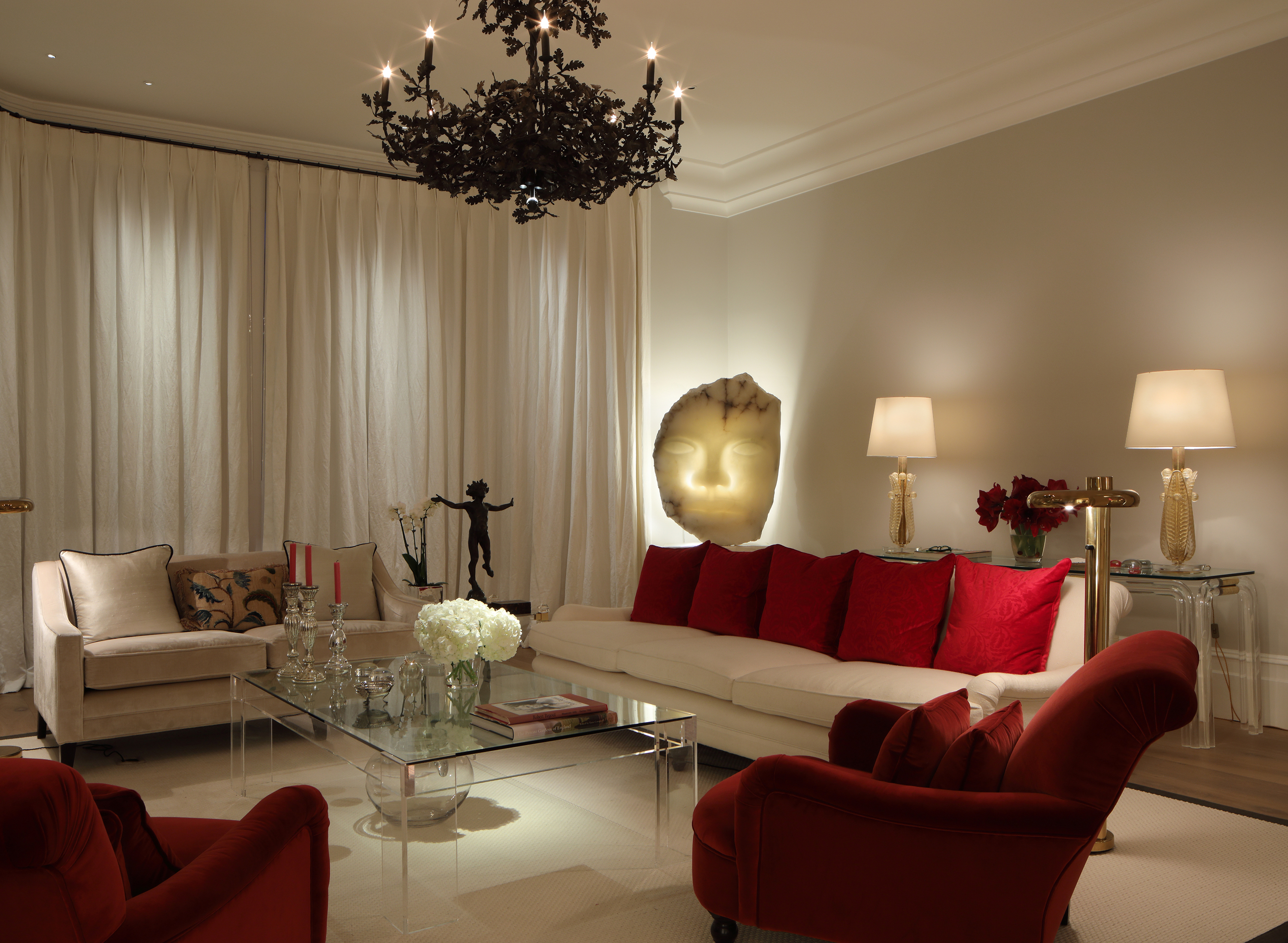
While wall decor calls for a single overhead beam, sculpture invites experimentation. “They can be lit from the floor or plinth, from behind to create silhouettes or dramatic backlighting, or even from within the sculpture itself to highlight internal structures or create an ethereal glow,” Luke adds.
“This multi-directional potential allows for a dynamic interplay of light and shadow that enhances the sculpture’s three-dimensional nature and invites viewers to move around it to appreciate its various facets.”
IS THERE SUCH A THING AS TOO MUCH LIGHT FOR ARTWORK?
When you first hang a new piece of art or place a sculpture just-so, the instinct is often to add more light. But according to lighting design director Luke Thomas, “There is absolutely such a thing as too much light.”
“Excessive uniform lighting across an entire space can lead to a ‘flat’ effect,” he explains. “Everything is evenly illuminated, and suddenly, none of the nuance comes through.” Which is exactly the opposite of what you want when you’ve gone to the effort (and expense) of collecting something meaningful.
The key, Luke says, is not more light, but smarter light — specifically, layered light. “Effective lighting design employs a layered approach with distinct zones and contrasts,” he notes. “It guides the eye, creates rhythm, and highlights what deserves attention.”
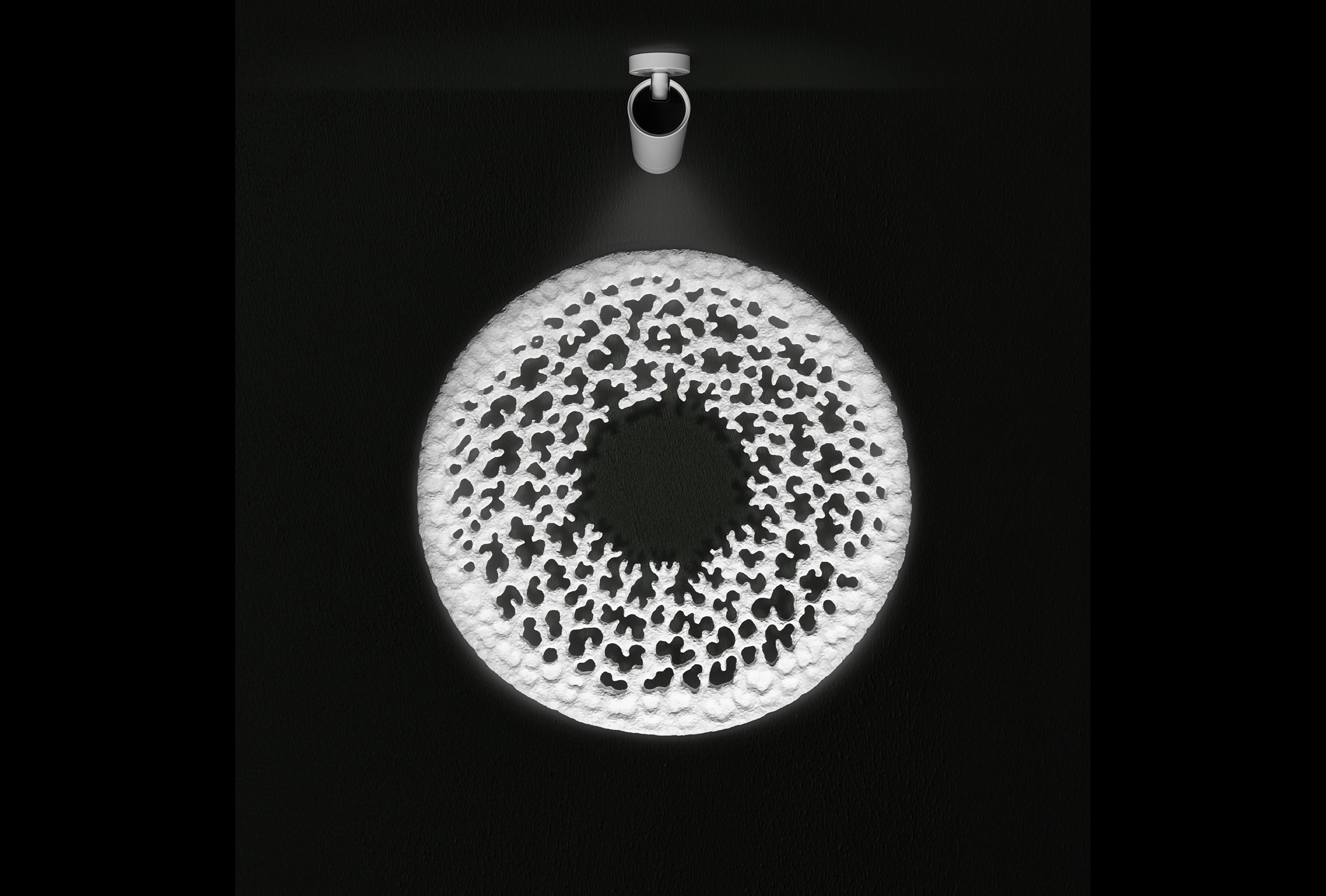
According to Luke, the sweet spot is about "creating a balance." We should aim to accentuate the artwork while maintaining visual comfort, which calls for "precise beam angles, appropriate lumen output, and considering the interplay of light and shadow to reveal the artwork's depth and texture without overwhelming it or the viewer.”
If that sounds like a lot, well, it is. Which is exactly why hiring a lighting designer — while admittedly a splurge — might be worth it if you’re working with a serious collection.
QUICK TIPS (FOR THOSE NOT HIRING A PRO)
Still, not every space needs a lighting consultant. There are a few expert moves you can adopt on your own to elevate the art in your home:
- Know your medium. Watercolor or oil? Pencil or photography? Is it glass-fronted? “Each medium reacts differently to light,” says Luke — some will reflect, others absorb.
- Adjust for scale and orientation. A portrait will need different treatment than a landscape; a sculpture more dimension than a canvas.
- Buy with flexibility in mind. Look for fixtures that allow you to adjust both beam spread and angle — not just brightness.
- Match tone to temperature. Use warm light to accentuate warmer tones in a piece, cooler light for crisper, more graphic work. You’re not just lighting the wall — you’re curating how it’s seen.
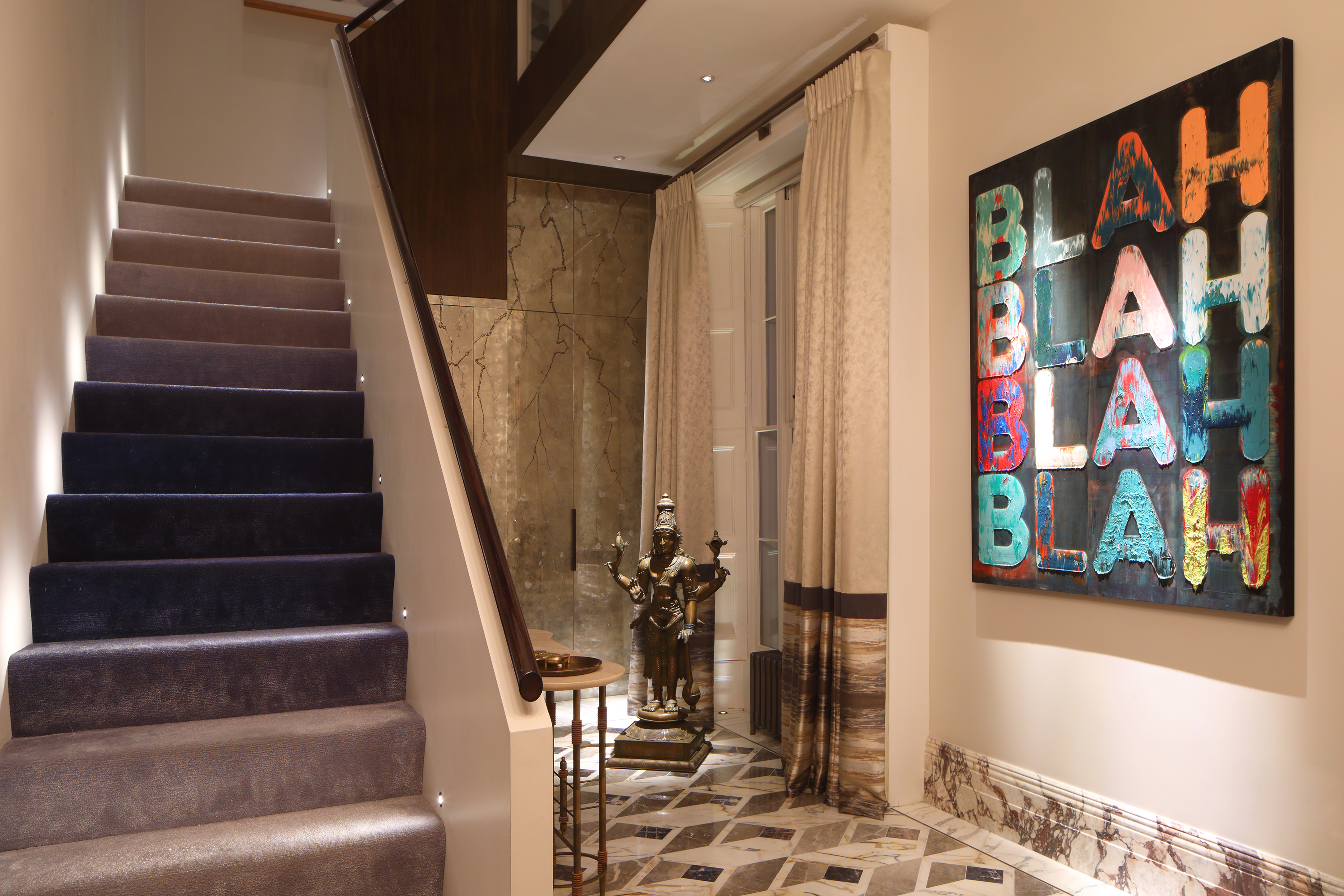
Is Lighting Artwork Worth It?
If this all sounds a little dizzying, you’re not alone. Still, according to Luke, lighting art is not optional — it’s essential. “Lighting isn’t merely an enhancement; it is absolutely fundamental to how a piece of art looks and feels,” he says.
Without it, you’re not seeing the work — at least not the way it was meant to be seen. “Improper lighting can distort colors, obscure details, create unwanted reflections, or flatten the artwork’s dimensionality,” he continues.
“Investing in proper art lighting ensures that you are honouring the artist’s vision and fully appreciating the beauty and nuance of your collection, transforming it from a static object into a vibrant and engaging experience within your home.”
So, yes — the juice is worth the squeeze. And ahead, a few ways to make the squeeze a little easier.

The best lighting for artwork is the kind you don’t notice — which, in the realm of picture frame lighting, is easier said than done. This one, however, pulls it off with a 2700K LED light source that lasts up to 30,000 hours and brass finishing for a luxe but low-profile look.
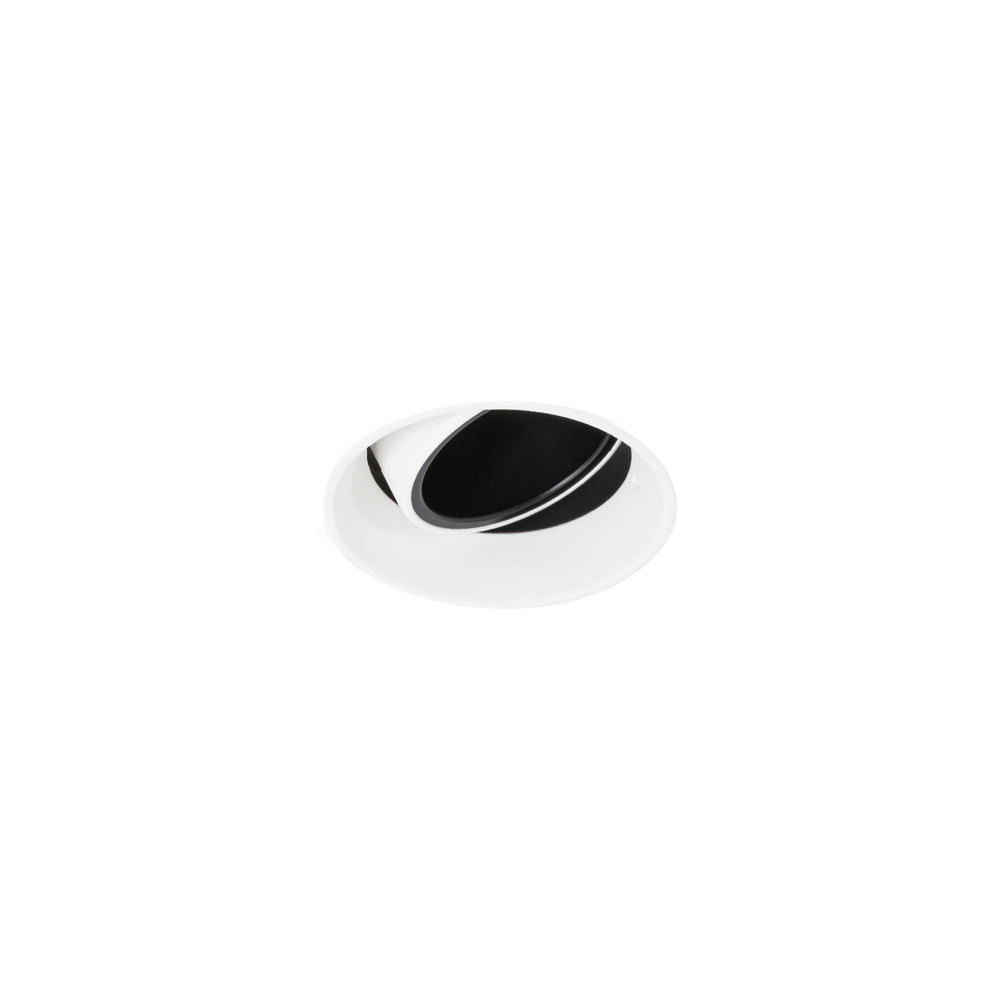
A directional architectural downlight. With 360° rotation and a 30° tilt, this one lets you control the beam with near-surgical precision. There’s even a 25mm extra-deep black baffle to cut glare and amp up visual comfort. It’s also rimless, so it vanishes cleanly into the ceiling — you’ll barely know it’s there. Price upon inquiry.
One rule before you light anything: scale matters. The wrong proportions will undo even the best lighting plan. Use this guide on how to choose the right-sized artwork to get it right.

Formerly covering fashion at L’Officiel USA, style maven Julia Demer brings her love of design to Livingetc’s world of interiors. As the title’s New York-based Style Editor, Julia's work reflects a sharp eye for detail and an innate passion for aesthetics. Her journey began with a strong foundation in design, honing her craft at renowned establishments like The Row and even establishing her own eponymous fashion brand. Julia’s design background is evident in the way she thoughtfully curates shopping edits, always maintaining a focus on emerging trends while preserving timeless sensibilities. For Julia, fashion and interiors go hand in hand, reflecting her lifelong commitment to perfecting the art of style.
